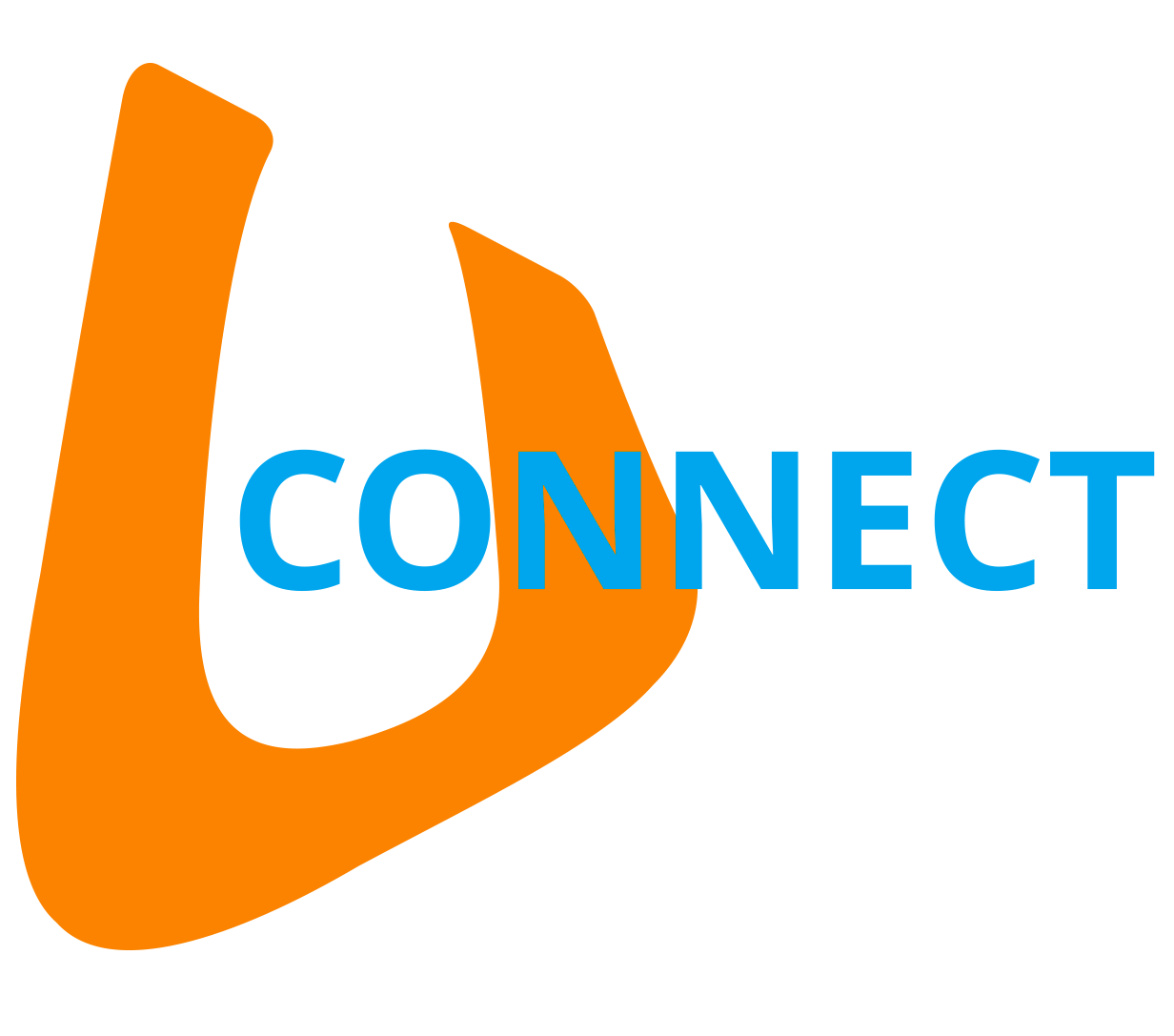
Abiola
EntrepreneurRéponses céées sur le Forum
-
Abiola
Membre23/05/2023 à 5:44 pm en réponse à: Trainer Evaluation Sheet, Freelancing :OLAWUMI TODIMU TIMILEHINDone
-
Done
-
Freelancing refers to a type of work where a person works as an independent contractor for various clients. Generally, a freelancer is not a permanent employee of a company but works independently and offers their services on a project basis.
Freelancing is common in many industries, particularly in areas such as graphic design, writing, programming, photography, and translation. It allows workers the flexibility to work from home or any location and control their workload.
We learn different things in this course which are:
1. Communication and effective communication: Here we talk about Verbal and Non-verbal Communication. We talk about attentive listening skills and active listening skills. And we talk about barriers to these effective communications where we mentioned interrupting, hijacked, and advice
2. Marketing skills
3. Interview and interview skills and tips. Here we talk about Structure, Semi-Structure, and Un-Structure interviews.
4. Sales skills: How to sell your product/service
5. Negotiations skills also are important because we must be able to negotiate with our potential clients.
We also talk about a website that helps to calculate our pricing.
We talk about Abraham Maslow’s Hierarchy of Needs where we mentioned: Basic Needs, Psychological Needs, and Self-Fulfilling Needs.
There are more that I learn but can remember these few for now.
Thank you.
-
Abiola
Membre10/05/2023 à 11:28 pm en réponse à: Personal evaluation of training in Business & Entrepreneurship<font style=”vertical-align: inherit;”><font style=”vertical-align: inherit;”>Done</font></font>
-
Abiola
Membre04/05/2023 à 7:12 pm en réponse à: BE – ACTIVITY 4: Create a product that meets a need you have experiencedTarget Area: Fitness and Health
First Principle: Lack of Time for Exercise
Why: Many people struggle to find time to exercise due to busy schedules, work, and other responsibilities.
Group Leader: John, an experienced personal trainer and fitness enthusiast.
Plan to Test Market:
1. Conduct market research to identify the target audience and their needs.
2. Develop a survey to gather information on the target audience’s exercise habits, preferences, and time constraints.
3. Analyze the survey data to identify common trends and pain points.
4. Develop a minimum viable product (MVP) that addresses the identified pain points and meets the needs of the target audience.
5. Test the MVP with a small group of users to gather feedback and refine the product.
6. Use the feedback to iterate and improve the product.
7. Launch the product to a wider audience and gather feedback to determine market viability.
MVP Proposal:
A mobile application that provides personalized workout plans based on the user’s fitness level, goals, and available time. The app will include short, high-intensity workouts that can be completed in 20-30 minutes and can be done anywhere, without the need for equipment. The app will also include a social feature that allows users to connect with friends and workout partners for accountability and motivation.
Strategy for Attacking the Market:
1. Build a strong online presence through social media, content marketing, and influencer partnerships.
2. Attend local fitness events and partner with gyms and fitness studios to promote the app and offer free trials.
3. Offer referral incentives to encourage users to invite their friends and family to try the app.
4. Collect user feedback and use it to improve the app and add new features.
5. Continuously analyze market trends and adjust the product and marketing strategy accordingly.
Information Gathering:
1. Conduct surveys and focus groups to gather feedback on the app’s usability and effectiveness.
2. Monitor app usage and engagement metrics to identify areas for improvement.
3. Collect user reviews and ratings to gauge user satisfaction and identify areas for improvement.
4. Analyze market trends and competitor offerings to identify opportunities and challenges.
Decision Making:
1. Proceed if the MVP is well-received by the test group and shows promise in the market.
2. Pivot if the feedback indicates a need for significant changes to the product or if the market conditions change in a way that requires a shift in strategy.
-
My WHY is the fact that I want to create a better African to reduce the unemployment rate drastically and also to break the chain of poverty in my family. I believed Africa is a continent blessed with so many talents yet to discover. My WHY is to help discover those talents and make the whole world be craving for talent from Africa continent.
-
To target customers, I would develop the following networking strategy:
1. Identify the target audience: I would research and identify the demographics of people who are interested in buying high-end perfumes. This would include factors such as age, gender, income, and lifestyle.
2. Attend industry events: I would attend industry events such as fragrance conventions, beauty trade shows, and luxury goods exhibitions to network with potential customers and other industry professionals.
3. Collaborate with influencers: I would collaborate with influencers in the beauty and fashion industry to promote our products and reach a wider audience.
4. Build an online presence: I would create a website and social media accounts to showcase our products and engage with potential customers. This would include creating high-quality content, such as product reviews, tutorials, and behind-the-scenes footage.
To target technical partners for the realization of the glasses, the design, and the selection of the perfumes, I would develop the following networking strategy:
1. Research potential partners: I would research and identify potential partners who have experience in fragrance design, glass manufacturing, and packaging.
2. Attend industry events: I would attend industry events such as fragrance conventions, packaging exhibitions, and glass manufacturing trade shows to network with potential partners.
3. Collaborate with experts: I would collaborate with industry experts to help us develop our products and build relationships with potential partners.
4. Build an online presence: I would create a website and social media accounts to showcase our products and attract potential partners. This would include creating high-quality content, such as case studies, testimonials, and success stories.
To target potential investors, I would develop the following networking strategy:
1. Research potential investors: I would research and identify potential investors who are interested in investing in the luxury goods industry.
2. Attend industry events: I would attend industry events such as luxury goods exhibitions, investor conferences, and networking events to meet potential investors.
3. Build relationships with venture capitalists and angel investors: I would network with venture capitalists and angel investors who have experience in the luxury goods industry and who may be interested in investing in our business.
4. Build an online presence: I would create a website and social media accounts to showcase our products and attract potential investors. This would include creating high-quality content, such as business plans, financial projections, and success stories.
-
Based on the information provided, we can calculate the market share of company X as follows:
Market share = (Company X’s annual turnover / Total market value) x 100
Market share = (100,000,000 / 1,500,000,000) x 100
Market share = 6.67%
Therefore, company X has a market share of 6.67%.
TAM (Total Available Market) refers to the total market demand for a product or service. In this case, the TAM for fruit juice in this sector would be CFAF 1.5 billion.
SAM (Serviceable Available Market) refers to the segment of the TAM that a company can realistically target and serve. In this case, company X’s SAM would depend on its target market and its ability to compete with other players in the market.
SOM (Serviceable Obtainable Market) refers to the portion of the SAM that a company can realistically capture. In this case, company X’s SOM would depend on its market share and its ability to expand its customer base.
Based on the information provided, it is difficult to determine the exact positioning of company X in the market. However, we can assume that the company has a reputation for using high-quality fruits from a reliable local supplier, and it may be positioned as a premium or high-end brand.
To expand its market, the company could consider implementing the following strategies:
1. Diversify its product line: Company X could expand its product line by introducing new flavors or types of fruit juice to appeal to a wider customer base.
2. Increase marketing efforts: The company could invest in marketing campaigns to increase brand awareness and attract new customers.
3. Expand distribution channels: Company X could explore new distribution channels, such as online sales or partnerships with supermarkets and retailers, to reach a wider audience.
4. Establish partnerships: The company could establish partnerships with other businesses in the food and beverage industry to expand its reach and increase sales.
Overall, these strategies could help Company X to expand its market and increase its market share in the fruit juice industry.
-
I choose the second option and used the opportunity there to improve myself and apply for better offers out there.

